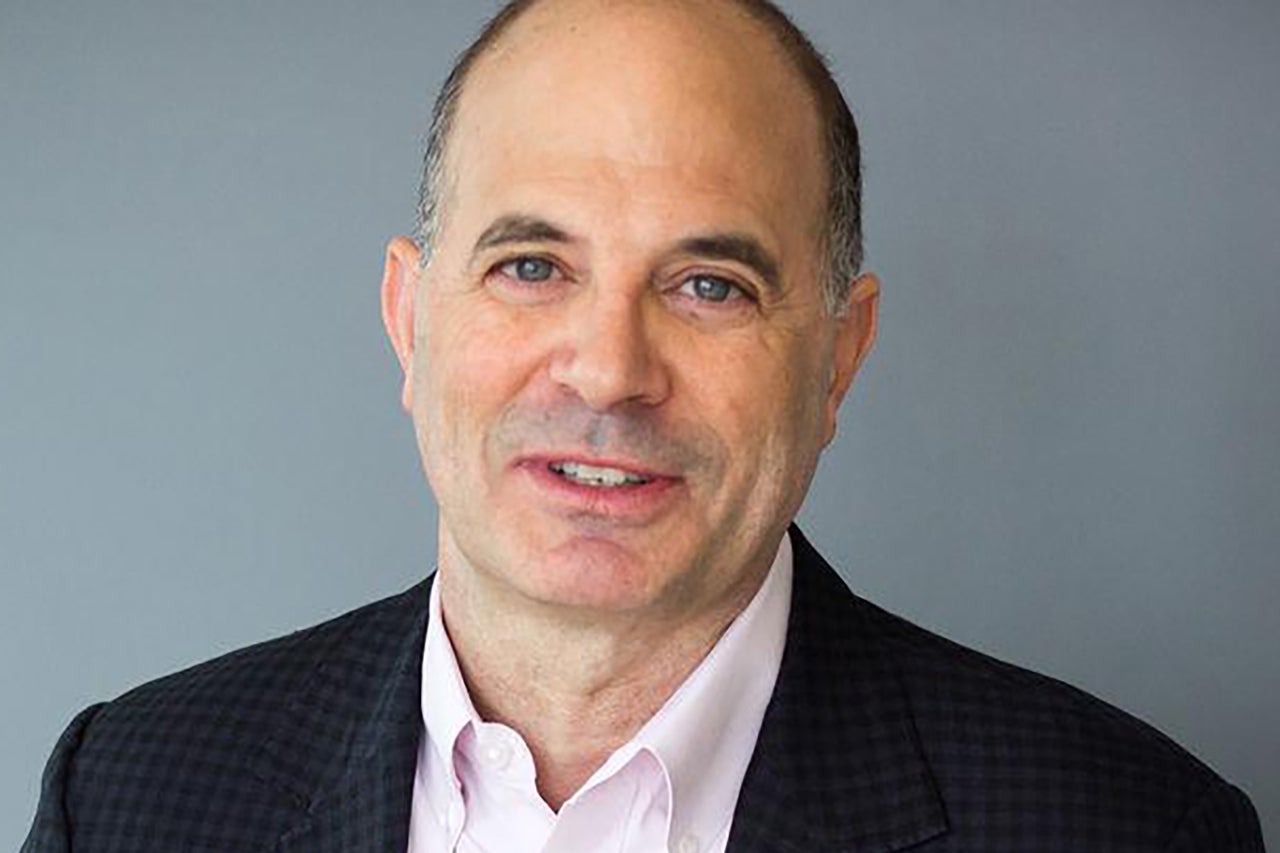As part of The College Reads! program, the College of Charleston will present an evening with The New York Times bestselling author Charles Fishman on November 7, 2017. The lecture will be held in the Sottile Theatre starting at 7 p.m.
The event is free and open to the public.
Fishman’s book, The Big Thirst: The Secret Life and Turbulent Future of Water, is The College Reads! selection for the 2017-2018 academic year. In the book, Fishman explores humanity’s relationship with water, from a sewage tank to the bottling facilities of San Pellegrino in Italy.
The College Today posed four questions to Fishman prior to his CofC visit:
How have water issues changed since you first published The Big Thirst in 2011?
Three big things have happened since The Big Thirst came out.
First of all, water issues have gotten more dramatic, more urgent, more obvious. In California, the worst drought in settled history occurred. In Flint, the worst collapse of a city water system in the U.S. in 100 years took place. In Houston and Florida and Puerto Rico, storms were a reminder that too much water is as dangerous a problem as too little water.
 Second, more people are paying attention and more cities are taking water seriously. California had a terrible drought, but the state survived. Indeed, it thrived — growing faster and creating more jobs through the drought than almost anywhere else in the U.S. And despite no rain for years, the price of strawberries and carrots in the rest of the country didn’t rise. That’s because California had been getting ready for the drought with smart practices for 25 years. It showed. The drought was bad. But the drought wasn’t crippling. The lead-tainted water in Flint was the water story that probably got more attention than any in the last 20 years — and rightfully so. Lots of attention was paid to the condition of city water systems, and of the lingering lead contamination around the country. But the typical person in Flint, today, still hasn’t had their water problem solved. So it’s also clear that a lot of noise and promises from elected officials don’t always translate into action.
Second, more people are paying attention and more cities are taking water seriously. California had a terrible drought, but the state survived. Indeed, it thrived — growing faster and creating more jobs through the drought than almost anywhere else in the U.S. And despite no rain for years, the price of strawberries and carrots in the rest of the country didn’t rise. That’s because California had been getting ready for the drought with smart practices for 25 years. It showed. The drought was bad. But the drought wasn’t crippling. The lead-tainted water in Flint was the water story that probably got more attention than any in the last 20 years — and rightfully so. Lots of attention was paid to the condition of city water systems, and of the lingering lead contamination around the country. But the typical person in Flint, today, still hasn’t had their water problem solved. So it’s also clear that a lot of noise and promises from elected officials don’t always translate into action.
The third thing that has changed is that we are doing much better, as a nation. Water use in the United States, today, is lower than it was in 1970. Not per capita — total. We’ve increased the population of the US by 50 percent — 105 million people — and reduced our total water use. We’ve quadrupled the size of the economy, and reduced our water use. That’s simply amazing. Every gallon of water we use today does four times the “work” a gallon of water did in 1970. So the effort at smarter water use is paying off. Just imagine if we had to use four times the water we do now — everywhere in the country — to create the economy we have. That would be crippling.
How do you see the current political climate (both on the state and national level) impacting the future of clean water?
For the moment, there is no “politics” of water. There’s not a Republican or Democratic position on water issues. That’s good.
At the federal level, the Trump Administration and the EPA under Scott Pruitt are loosening protections on water as quickly as they can. That will let companies pollute more than they have been allowed to, and it may lead to the destruction of wetlands that provide all kinds of value to communities and the environment.
But in the larger picture of both time and popular opinion, two things are clear.
First, Americans like their water and their air cleaner, and everywhere in the country, the water today is cleaner than it was when the Clean Water Act was passed 40 years ago. Every river, every lake, every bay is cleaner — and we appreciate that.
And most companies take water stewardship more seriously than they ever have — both in terms of their impact on water, and on how much they use. Not every company, not everywhere. But the general consensus is that we can run a vibrant, creative, fast-moving economy and also keep water and air clean. No one looks at a river or lake and thinks, “I wish that were dirtier.”
At the local and state level, water issues are dealt with much more straightforwardly than at the federal level: States have state-wide water management plans, cities and counties face having to supply water, and realize how important water is to attracting new residents and new business.
The same kind of consensus is taking hold about rising sea levels and the impact of climate change. In the cities where rising sea levels and more dramatic storms are happening — Boston, New York, Norfolk, Charleston, Miami Beach — no one argues about the “reality” of climate change. City officials and residents are busy trying to fix their cities so they can adapt to water in places they never expected it.
The cutting-edge concept in the world of water is “resilience” — how do I create a community that has enough water for its residents, its work, its farms. How do I create a community that can cope with both drought and with storms, without significant damage — that can handle all kinds of water situations, and keep going. Resilience is what states, counties, and cities are trying for. It doesn’t happen instantly, but it’s the right way of thinking about almost every water issue.
Do you think that cities are serious about repairing and modernizing the existing water infrastructure?
and
Do you think that climate change is impacting the way people think about water?
I’m going to answer these two questions together.
Cities are very serious about upgrading their water infrastructure, and nothing is giving that task more urgency than climate change.
In California, cities are trying to develop plans for “water independence” — how do we secure water supplies so when the next drought comes, we have some cushion — we can recycle our water, we can tap stormwater when it falls and use it.
On the east coast, a half-dozen cities are working hard to understand the impact on their land of rising sea-levels and more serious storms — changing everything from building codes (don’t put critical air conditioning, elevator, and electrical equipment in the basement, or even on the first floor) to zoning. Cities from Charleston to Houston to Nashville are buying homes and businesses in areas that have only recently started to flood, and restoring those areas to their previous, natural state — to give flood waters a place to go without doing damage.
The problem isn’t awareness or political will. Everyone would rather have a modern water pipe, everyone would rather have a sophisticated flood management system. The problem is money. Those kinds of projects require significant spending, and as is often the case with water, people think water “work” should be cheap, or free. A single pipe in Washington D.C., to store stormwater so it can be disposed of safely, is costing $1 billion. That’s in a city of fewer than a million people, for a pipe that is really just a big drain — it doesn’t get us any new water, yet it’s costing $1,000 per person! Finding a way to pay for water systems continues to be a real challenge.
One key is to talk about why we need to spend money on water, and what that spending gets us: Cleaner rivers, and homes and businesses that are safe from flooding and storms. A big storm, as we’ve seen, can do $10 billion, or $100 billion, worth of water damage in 48 hours.




